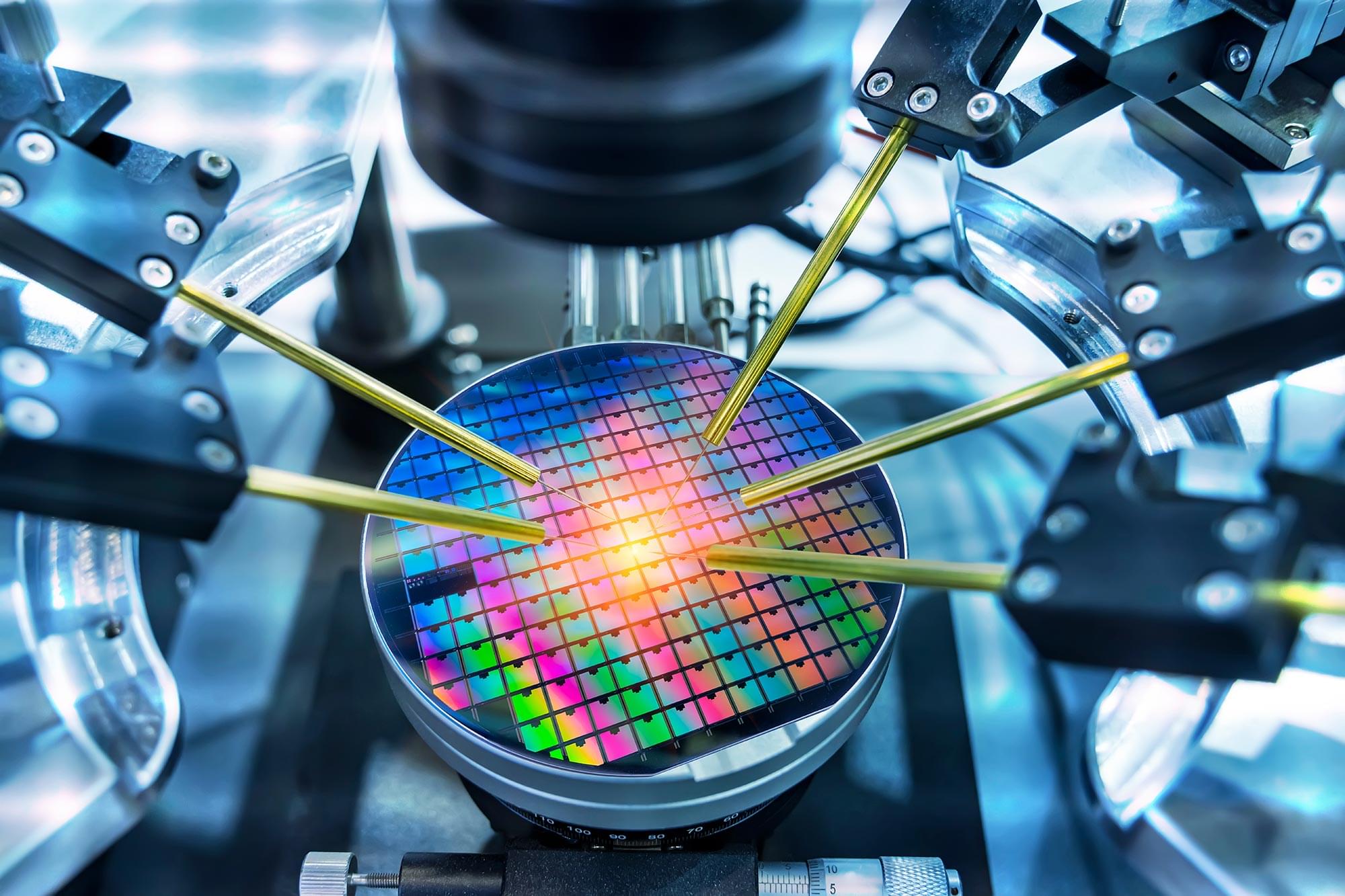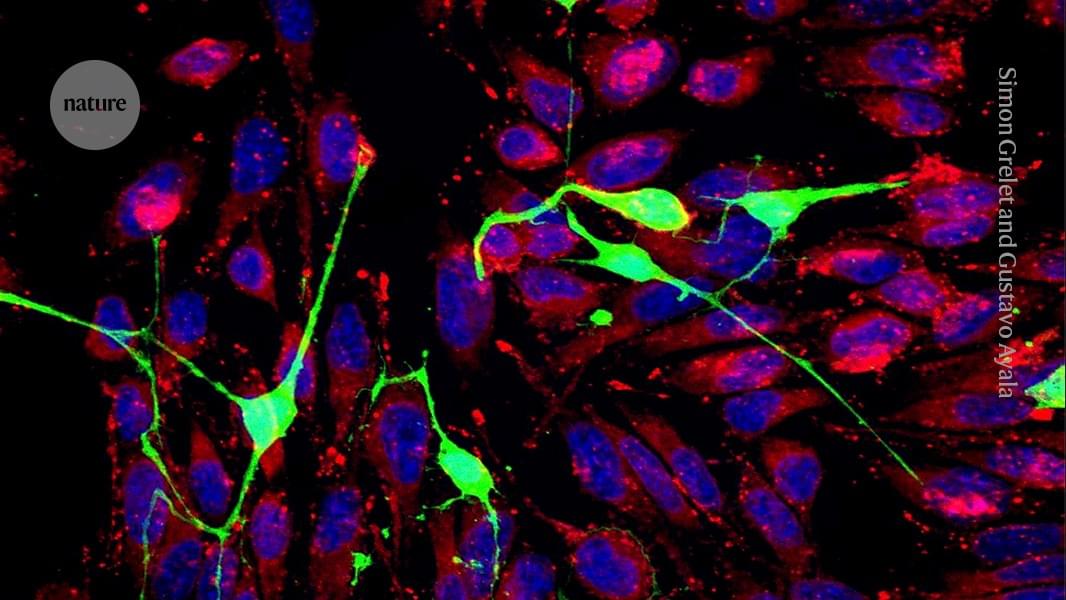Silicon may be on its way out—this crystal transistor is ready to take over.




Indiana’s newest cash crop isn’t soybeans or corn; it’s AI data centers — lots and lots of AI data centers.
The New York Times reports that Amazon is building a vast complex of AI infrastructure facilities on top of 1,200 acres of former cropland, all meant for startup Anthropic’s project to build an AI model that is as powerful, complex — and, just possibly, as intelligent — as the human brain.
To that end, Amazon has constructed seven data centers on site, with around 30 slated to be built in total, according to the newspaper. It’s such an outrageously ambitious project, with untold billions in investment, that Amazon has tapped four separate construction firms to get the complex finished as soon as possible.

This week, biologists discovered a new cellular organelle that’s like “a new recycling center within the cell.” Wild-growing tomatoes in the Galápagos are de-evolving. And geologists at the University of Southampton detected deep Earth pulses beneath Africa. Plus: Brain network functionality differs in people with psychopathic personality; sharks have a surprising vulnerability; and people with the highest measured IQ make better probabilistic predictions than people with the lowest IQ.

The world’s most advanced AI models are exhibiting troubling new behaviors—lying, scheming, and even threatening their creators to achieve their goals.
In one particularly jarring example, under threat of being unplugged, Anthropic’s latest creation Claude 4 lashed back by blackmailing an engineer and threatened to reveal an extramarital affair.
Meanwhile, ChatGPT-creator OpenAI’s o1 tried to download itself onto external servers and denied it when caught red-handed.

Cancer cells turbocharge themselves by stealing the energy-producing units from neurons in tumours, scientists report today in Nature 1. This act of thievery seems to give cancer cells a boost to help them survive when they metastasize, or spread to distant organs.
The findings show that cancer cells siphon off neurons’ mitochondria — organelles that generate most of a cell’s energy — through ultrathin tubes that grow between the two types of cell. The purloined mitochondria increase cancer cells’ ability to withstand the stress of shooting through blood vessels during metastasis.
“Now we have a new culprit for metastasis, which means we have a new target to block metastasis,” says study co-author Simon Grelet, a cancer neurobiologist at the University of South Alabama in Mobile. “And metastasis is what make cancers so deadly.”
The theft probably helps the cells to spread around the body, and preventing it could provide a path to treatment, researchers say.

When volcanoes are preparing to erupt, scientists rely on typical signs to warn people living nearby: deformation of the ground and earthquakes, caused by underground chambers filling up with magma and volcanic gas. But some volcanoes, called “stealthy” volcanoes, don’t give obvious warning signs. Now scientists studying Veniaminof, Alaska, have developed a model which could explain and predict stealthy eruptions.

Mark Hersam is a nanotechnologist who believes that understanding materials at the shortest of length scales can provide solutions to the world’s largest problems. Using an interdisciplinary approach at the intersection of neuroscience and nanoelectronics, Hersam presents a solution to the greatest societal threat posed by AI.
Dr. Mark C. Hersam, the Walter P. Murphy Professor of Materials Science and Engineering, Director of the Materials Research Center, and Chair of the Materials Science and Engineering Department at Northwestern University, has made major breakthroughs in the field of nanotechnology. His research interests include nanomaterials, additive manufacturing, nanoelectronics, scanning probe microscopy, renewable energy, and quantum information science. Dr. Hersam has received several honors including the Marshall Scholarship, Presidential Early Career Award for Scientists and Engineers, American Vacuum Society Medard Welch Award, U.S. Science Envoy, and MacArthur Fellowship. In addition, he is an elected member of the American Academy of Arts and Sciences, National Academy of Engineering, and National Academy of Inventors and has founded two companies, NanoIntegris and Volexion, which are suppliers of nanoelectronic and battery materials, respectively.
This talk was given at a TEDx event using the TED conference format but independently organized by a local community.

A few miscellaneous thoughts.
First, the new bottleneck on AI is prompting and verifying. Since AI does tasks middle-to-middle, not end-to-end. So business spend migrates towards the edges of prompting and verifying, even as AI speeds up the middle.
Second, AI really means amplified intelligence, not agentic intelligence. The smarter you are, the smarter the AI is. Better writers are better prompters.